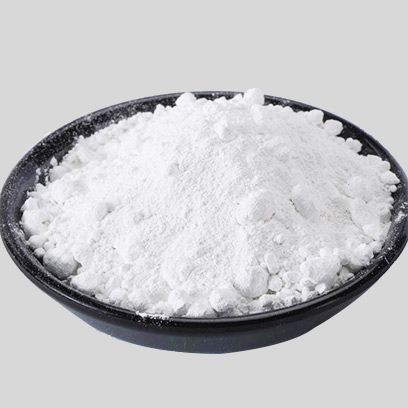
Des . 13, 2024 08:36 Back to list
rutile tio2 factories
The Role of Rutile TiO2 Factories in Modern Industry
Rutile, a mineral predominantly composed of titanium dioxide (TiO2), plays a critical role in various industrial applications, particularly in the production of titanium dioxide pigments. With the growing demand for high-performance materials across different sectors, the significance of rutile TiO2 factories has risen substantially. This article explores the importance, processes, and environmental considerations associated with these factories.
Understanding Rutile and Its Applications
Rutile is one of the most significant sources of titanium. It is primarily used in the production of titanium dioxide, which is widely known for its exceptional whiteness, opacity, and UV resistance. These properties make TiO2 an essential pigment in industries such as paints, coatings, plastics, papers, and cosmetics. Moreover, it is used in producing titanium metal, which has applications in aerospace, military, and medical industries due to its strength-to-weight ratio and corrosion resistance.
The Production Process
Rutile TiO2 factories typically follow a series of complex processes to extract and purify titanium dioxide from rutile ore. The production begins with mining the mineral, which is often found in beach sands or hard rock deposits. Once extracted, the rutile ore is subjected to various beneficiation processes to enhance its titanium dioxide content.
The purified rutile typically undergoes one of two primary methods to produce titanium dioxide the sulfate process and the chloride process
.1. Sulfate Process In this method, the rutile is reacted with sulfuric acid, producing a titanium sulfate solution. This solution is then hydrolyzed to form titanium dioxide. The sulfate method is known for producing high-quality TiO2 but requires significant energy and generates a considerable amount of waste.
2. Chloride Process This process involves roasting the rutile in the presence of chlorine, which results in the formation of titanium tetrachloride (TiCl4). The TiCl4 is then purified and oxidized to obtain titanium dioxide. The chloride process is generally more efficient and produces a purer product with less environmental impact compared to the sulfate process.
rutile tio2 factories

Environmental Considerations
While rutile TiO2 factories play a crucial role in supplying key materials to various industries, their operations are not without environmental concerns. The mining and processing of rutile can lead to habitat destruction, soil erosion, and water pollution. Moreover, the production processes, particularly the sulfate method, can generate hazardous waste and emissions that require careful management.
To address these challenges, many factories are implementing more sustainable practices. This includes investing in waste treatment technologies, adopting cleaner production methods, and adhering to strict environmental regulations. Additionally, there is a growing interest in recycling titanium dioxide and exploring alternative sources of titanium, which could help minimize the environmental impact of rutile mining and processing.
The Future of Rutile TiO2 Factories
Looking ahead, the demand for titanium dioxide is expected to continue rising, especially with the increasing focus on high-performance coatings, sustainable materials, and advanced manufacturing technologies. Rutile TiO2 factories will need to innovate and adapt to meet these demands while addressing environmental concerns.
Moreover, the push towards sustainability in manufacturing will likely drive the industry towards more eco-friendly practices. Innovations such as the development of bio-based titanium sources, enhanced recycling methods, and improved processing techniques will be pivotal in shaping the future of rutile TiO2 factories.
Conclusion
Rutile TiO2 factories play an integral role in the modern industrial landscape, providing essential materials used across various sectors. As the demand for titanium dioxide continues to grow, it is crucial for these factories to embrace sustainability and innovation. By carefully balancing production needs with environmental responsibilities, the industry can contribute to a more sustainable future while continuing to deliver high-quality materials that support technological advancement.
-
China Lithopone in China Supplier – High Quality Lithopone ZnS 30% Powder for Wholesale
NewsJun.10,2025
-
Top China Titanium Dioxide Company – Premium TiO2 Powder Supplier & Manufacturer
NewsJun.10,2025
-
Fast Shipping 99% Pure TiO2 Powder CAS 13463-67-7 Bulk Wholesale
NewsJun.10,2025
-
Top China Titanium Dioxide Manufacturers High-Purity R996 & Anatase
NewsJun.10,2025
-
Lithopone MSDS Factories - Production & Quotes
NewsJun.10,2025
-
High-Quality Titanium Dioxide in Water Suppliers - China Expertise 60
NewsJun.09,2025
